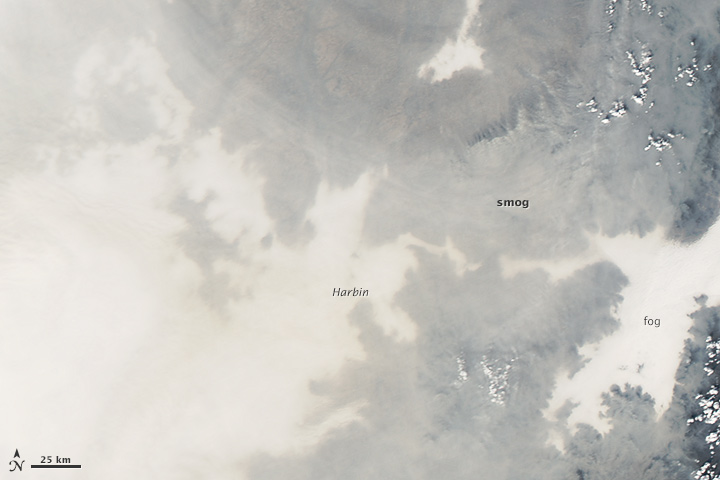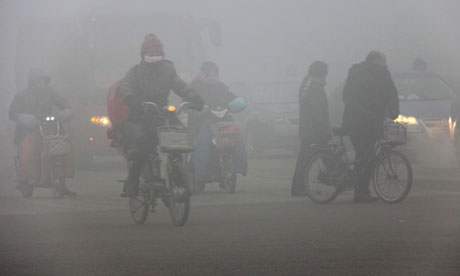In Ask Me, William Stafford considers a future time when the river is ice when he might answer questions reconciling his life.
Ask Me
Some time when the river is ice ask me
mistakes I have made. Ask me whether
what I have done is my life. Others
have come in their slow way into
my thought, and some have tried to help
or to hurt: ask me what difference
their strongest love or hate has made.
I will listen to what you say.
You and I can turn and look
at the silent river and wait. We know
the current is there, hidden; and there
are comings and goings from miles away
that hold the stillness exactly before us.
What the river says, that is what I say.
— William Stafford
Stafford writes of the silent river and reflects upon its stillness, yet he acknowledges its undercurrents.
Frozen rivers, lakes, and ponds make us aware of the seasonal passage of time, the prospect of the suspension of time, and of objects temporarily frozen in time. Objects seemingly frozen in time, like sticks and leaves frozen in ice, invite inspection.
John Haines compares the alder leaves and gleaming pebbles frozen in ice to a night sky with its fixed planets and stars.
"I bend over, looking at the debris caught there in the clear, black depth of the ice: I see a few small sticks, and many leaves. There are alder leaves, roughly toothed and still half green; the more delicate birch leaves and aspen leaves, the big, smooth poplar leaves, and narrow leaves from the willows. They are massed or scattered, as they fell quietly or as the wind blew them into the freezing water. Some of them are still fresh in color, glowing yellow and orange; others are mottled with grey and brown. A few older leaves lie sunken and black on the silty bottom. Here and there a pebble of quartz is gleaming. But nothing moves there. It is a still, cold world, something like night, with its own fixed planets and stars."
— John Haines
REFERENCES
- The Stars, the Snow, the Fire: Twenty-Five Years in the Alaska Wilderness by John Meade Haines. 2000, Graywolf Press.
- William Stafford Archives.

.JPG/800px-Lily_pads_frozen_in_the_ice_(01).JPG)









